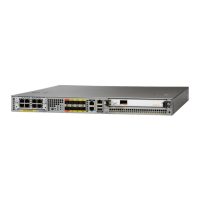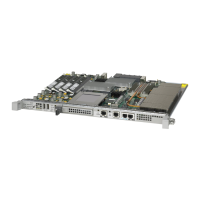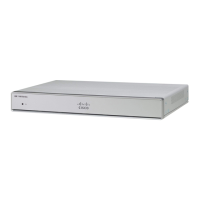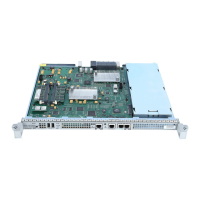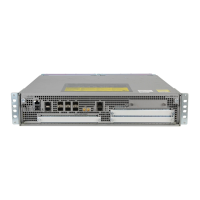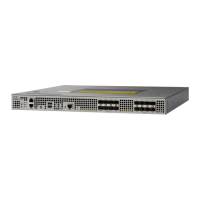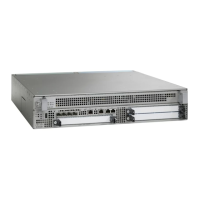7-18
Cisco 10000 Series Router Quality of Service Configuration Guide
OL-7433-09
Chapter 7 Marking Traffic
Marking and Policing Traffic
Marking and Policing Traffic
When you simultaneously configure a class in a policy map to include both marking and policing
commands (the set and police commands), the router processes the set command first and then processes
the police command. As a result, the values set by the police command override the values of the set
command. This occurs regardless of whether you attach a policy map to an inbound or outbound
interface.
For example, if you use the set command to configure a value for the IP precedence field and you
configure a value for the same field by using the police command, the IP precedence value you set for
the police command overrides the IP precedence value you configured for the set command.
The set and police commands allow you to configure the following fields:
• IP precedence and IP DSCP
• QoS group
• MPLS experimental imposition
• Discard-class
• ATM cell loss priority
Tunnel Header Marking
The Tunnel Header Marking (THM) feature allows you to mark the outer IP header’s DSCP or
precedence value during tunnel encapsulation of the packet.
The outer IP header type of service (ToS) field of a tunneled packet is typically exposed to a different
QoS domain from that of the inner IP header. For example, for Multicast Virtual Private Network
(MVPN) packets placed in Generic Routing Encapsulation (GRE) tunnels, the router processes the
packet’s outer ToS field based on the QoS services of a common core MPLS network. The router
processes the packet’s inner IP ToS field based on the QoS services of a particular VRF. Using tunnel
header marking, different traffic streams that are aggregated into the same tunnel can mark their outer
ToS field differently. This enables the streams to receive a different level of QoS processing at the outer
ToS field’s QoS domain.
A policy map is used to enable tunnel header marking and is applied to the inbound interface. If the
outbound interface is a tunnel, the router marks the outer headers of packets as tunnel encapsulation
occurs. If the outbound interface is not a tunnel, the policy map has no affect on the arriving packet
headers.
As shown in Figure 7-4, the policy map named policy1 has tunnel header marking configured and is
attached to inbound interface P1, and outbound interface P2 is a tunnel. As a result, the router classifies
traffic as it enters the router through interface P1 and marks the traffic as it leaves through interface P2.

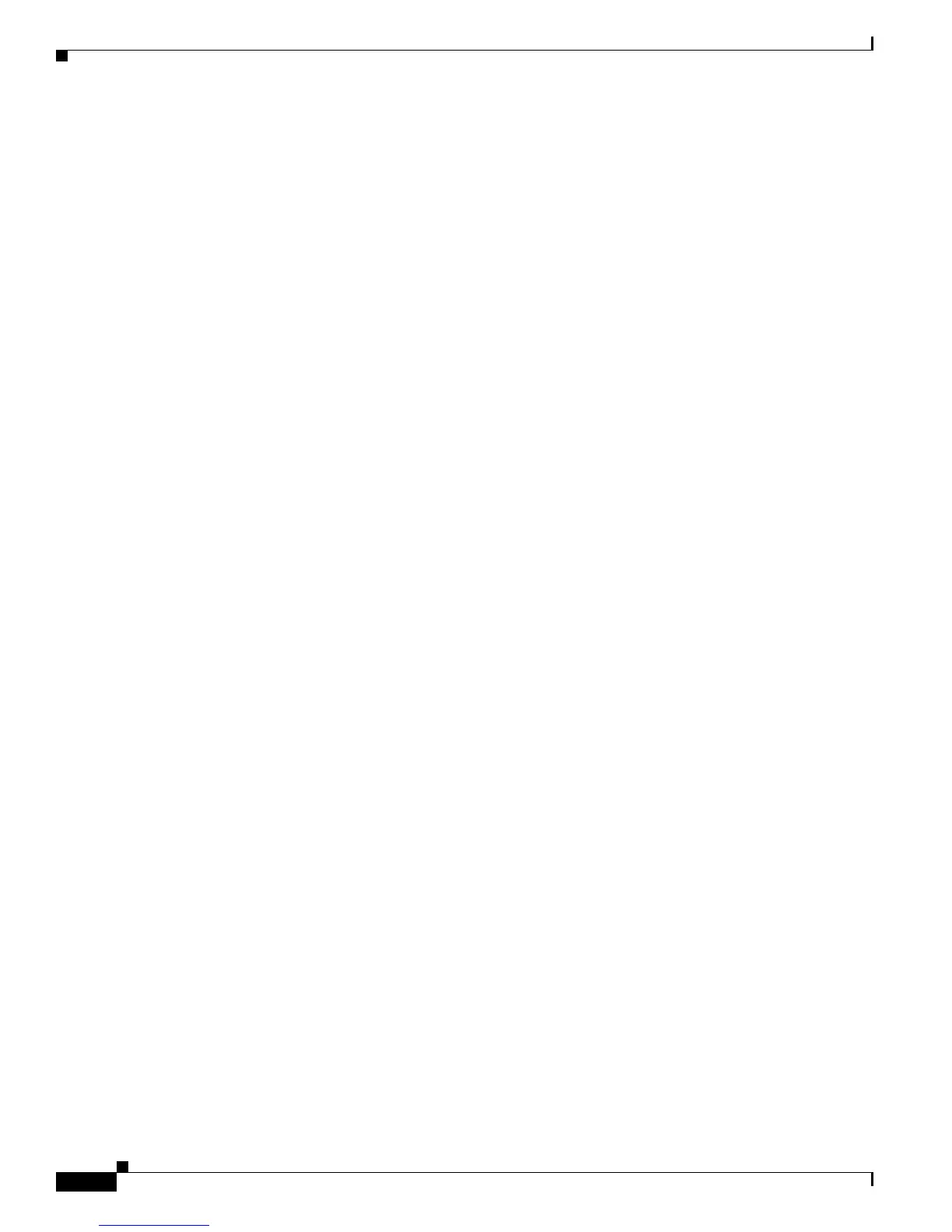